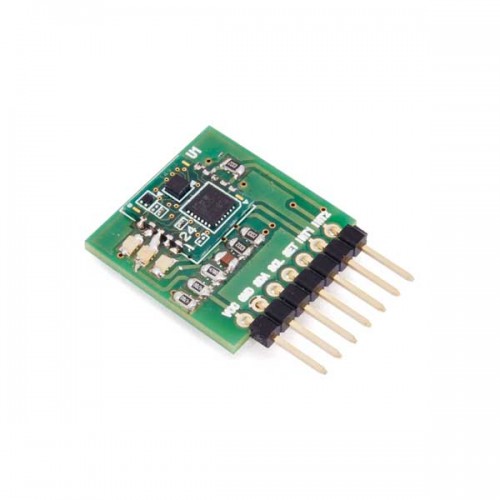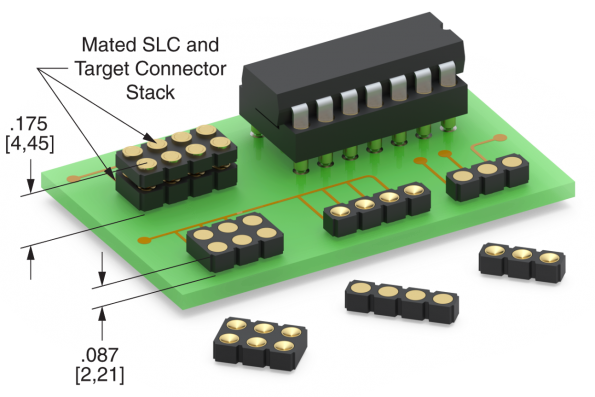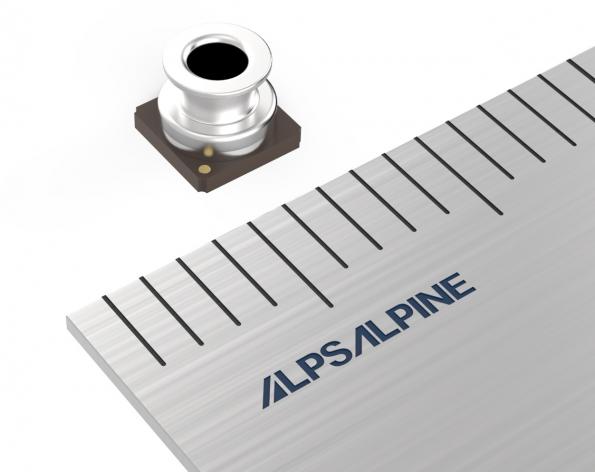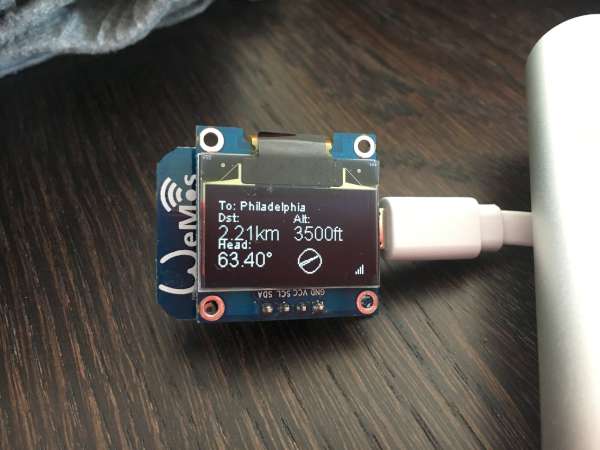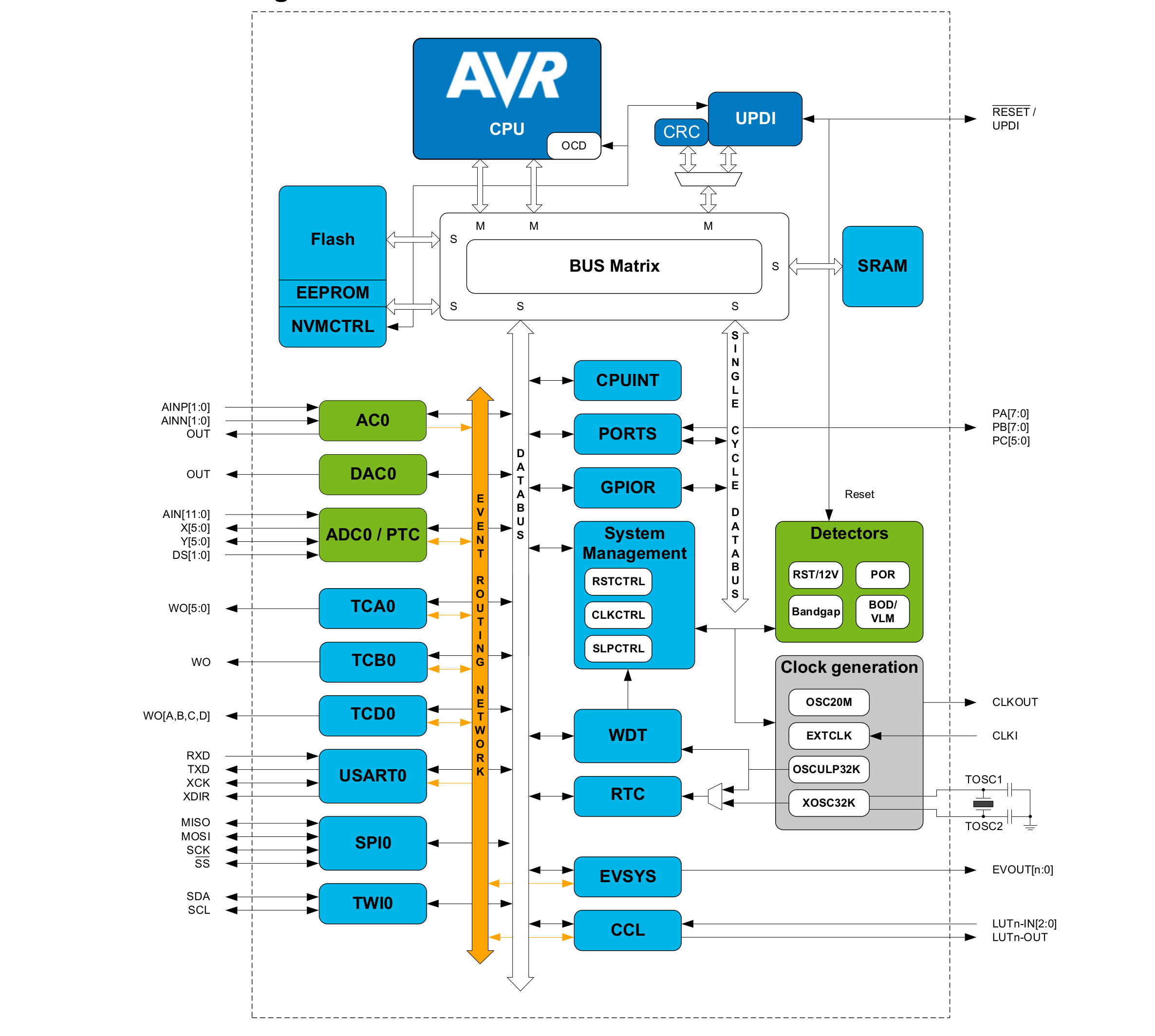
Atmel tinyAVR microcontrollers are optimized for applications that require performance, power efficiency and ease of use in a small package. All tinyAVR devices are based on the same architecture with other AVR devices. The integrated ADC, DAC, EEPROM memory and brown-out detector let you build applications without adding external components. The tinyAVR also offers Flash Memory for fast, secure and cost-effective in-circuit upgrades that significantly cuts your time to market.
The latest tinyAVR devices (ATtiny417/814/816/817) by Atmel combine AVR core with CIPs (Core Independent Peripherals). PIC microcontrollers with Core Independent Peripherals (CIPs) already raised the performance of 8-Bit-MCUs to a new level. Since the acquisition of Atmel by Microchip, this is the first time the company leverages features from both MCU families.
So, now the question is:
What Is CIP?
In fact, the term CIP or Core Independent Peripherals is pretty much self-explanatory. Microchip’s description of CIP is:
CIPs allow the peripherals to operate independently of the core, including serial communication and analog peripherals. Together with the Event System, that allows peripherals to communicate without using the CPU, applications can be optimized at a system level. This lowers power consumption and increases throughput and system reliability.
Core Independent Peripherals or CIPs are designed to handle their tasks with no code or supervision from the CPU to maintain their operations. As a result, they simplify the implementation of complex logic control systems and give designers the flexibility to innovate.
ATtiny Models With CIPs:
-
8-bit Atmel AVR microcontroller with 4KB Flash, 256 bytes SRAM, 128 bytes EEPROM, 20MHz/20 MIPS, two 16-bit timer/counters, one 12-bit timer/counter, RTC, USART, SPI, Two-wire Interface (I2C), 10-bit ADC, 8-bit DAC, analog comparator, accurate internal oscillators and multiple calibrated voltage references, Custom Logic, 10-bytes unique ID, and 24 pins.
- ATtiny814 :
- 8-bit Atmel AVR microcontroller with 8KB Flash, 512 bytes SRAM, 128 bytes EEPROM, 20MHz/20 MIPS, two 16-bit timer/counters, one 12-bit timer/counter, RTC, USART, SPI, Two-wire Interface (I2C), 10-bit ADC, 8-bit DAC, analog comparator, accurate internal oscillators and multiple calibrated voltage references, Peripheral Touch Controller (PTC), Custom Logic, 10-bytes unique ID, and 14 pins.
- ATtiny816 :
- 8-bit Atmel AVR microcontroller with 8KB Flash, 512 bytes SRAM, 128 bytes EEPROM, 20MHz/20 MIPS, two 16-bit timer/counters, one 12-bit timer/counter, RTC, USART, SPI, Two-wire Interface (I2C), 10-bit ADC, 8-bit DAC, analog comparator, accurate internal oscillators and multiple calibrated voltage references, Peripheral Touch Controller (PTC), Custom Logic, 10-bytes unique ID, and 20 pins.
- ATtiny817 :
- 8-bit Atmel AVR microcontroller with 8KB Flash, 512 bytes SRAM, 128 bytes EEPROM, 20MHz/20 MIPS, two 16-bit timer/counters, one 12-bit timer/counter, RTC, USART, SPI, Two-wire Interface (I2C), 10-bit ADC, 8-bit DAC, analog comparator, accurate internal oscillators and multiple calibrated voltage references, Peripheral Touch Controller (PTC), Custom Logic, 10-bytes unique ID, and 24 pins.
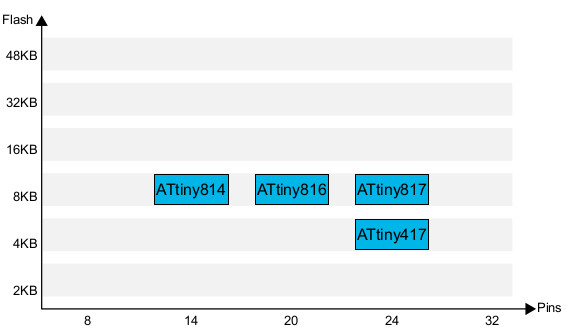
The new 8-bit tinyAVR MCUs are available in QFN and SOIC packages with pricing starting at $0.43 for 10K units. Visit Atmel tinyAVR product page for full technical details about the new MCUs.






